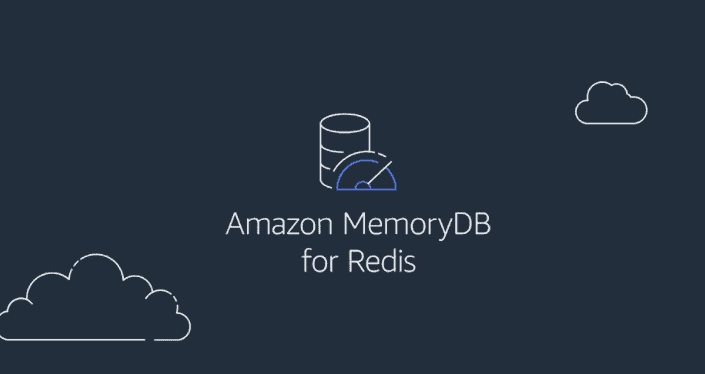Amazon Web Services announced the general availability of Amazon MemoryDB for Redis, a managed in-memory database the company says will simplify the application development process. Enterprise applications have different data access speed requirements.
For instance, a revenue forecasting tool may take a few minutes to import the latest earnings figure from a company’s financial database. However, product recommendation engines need to pull information about customer preferences in tens of milliseconds to generate suggestions for what to buy.
For apps and recommendation engines that need fast data access, companies often use caches that offer ultrafast information fetching capabilities than a regular database.
The cache challenge
The cache software system most enterprises use is the open-source Redis system, after which MemoryDB for Redis service is named. Companies usually deploy their Redis cache in conjunction with a regular database.
The database holds most of the app’s information and ensures its reliable recovery if there is an outage.
The cache is kept in sync with the database, storing only the records the app needs to access quickly and fetching them rapidly when needed. The challenge is that creating a system like this requires custom coding services.
Delivering everything in one place
With MemoryDB for Redis, AWS promises to reduce the need for custom code by eliminating the need to maintain separate database and cache environments. MemoryDB for Redis combines cache and database features in one service, allowing enterprises to maintain a single data management system instead of two.
Raju Gulabani, the Veep of databases and analytics at AWS, said customers told the company that they need an easier way to build modern apps with microservices, which requires extreme durability and performance. The new offering simplifies the architecture while delivering a hassle-free way to manage a separate cache, database, and underlying infrastructure.
